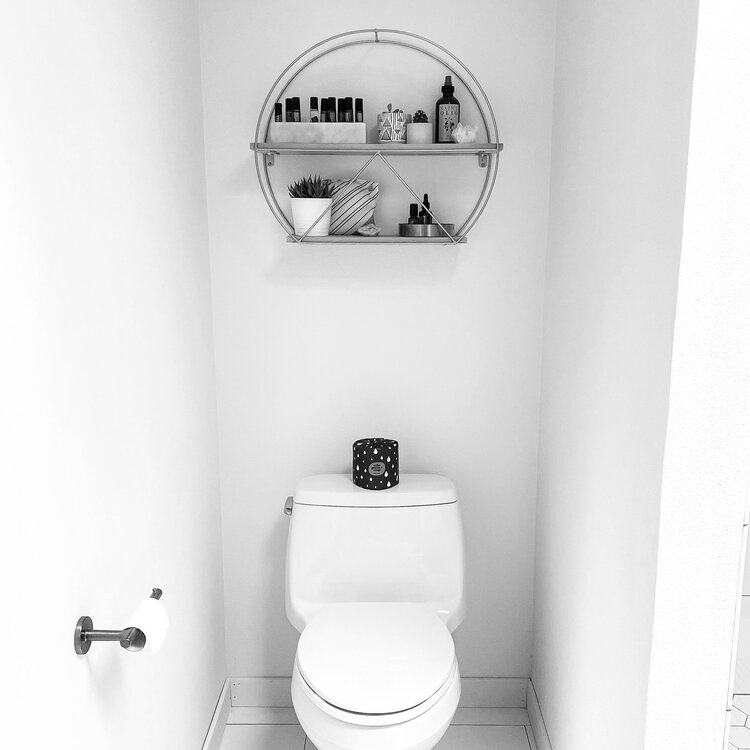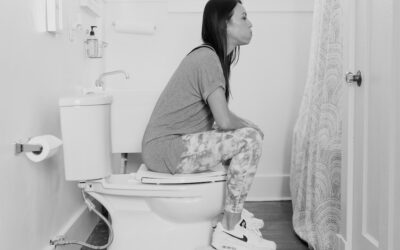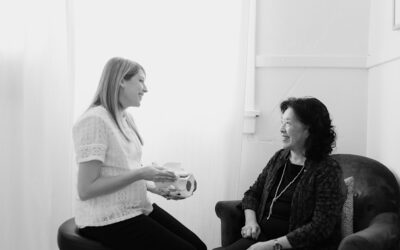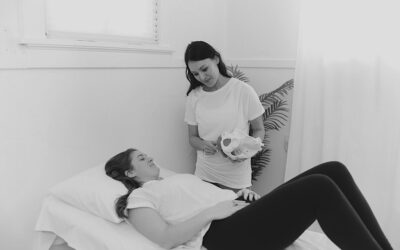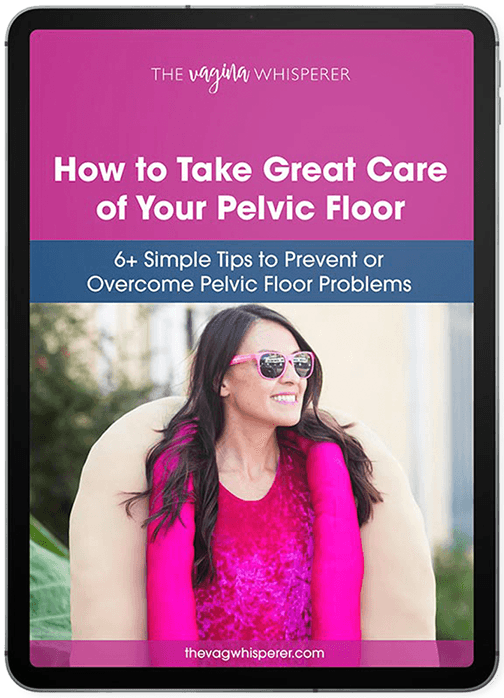Urinating Frequently? Here Is What To Do.
Approximately 50% of women over the age of 65 have urinary leakage, and urinary leakage is one of the number one reasons for admission to a nursing home later in life! Many postpartum and even pregnant women experience leakage, too.
Peeing your pants is NOT a normal part of being a mother. It’s fun to joke about, sure but ladies, diapers are not our destiny! Follow these tips below and work with a Pelvic Floor PT.
Did you know you shouldn’t be trying to pee faster? That’s actually bad! We call it power peeing and it’s a big no-no. For most women, thinking about peeing properly isn’t something you do. It’s like breathing. You just do it and when you gotta go, you go. But there is a correct way to urinate! Below are some tips.
HOW TO OPTIMIZE YOUR BLADDER HABITS
-
Urinate every 2-4 hours during the day. When you’re pregnant this will be a lot more often.
-
Urinate only 0-1x per night – again, this will probably be more when you’re pregnant!
-
Drink 1-2 cups of water between bathroom visits during the day. Stop fluids ~2 hrs before bed.
-
Relax on the toilet and breathe!
-
Sit down on the toilet. Do not hover!
WHAT NOT TO DO/AVOID WHEN YOU URINATE
-
Just in case voiding – going just because you see the toilet or it’s convenient before leaving somewhere. Oftentimes, this can make sense if it’s been awhile since you last peed or you have a full bladder, but other times it’s creating a habit to go when you don’t actually need to yet.
-
Don’t wait too long! If it’s been more than four hours, you likely need to go. This habit may contribute to overstretching your bladder capacity. If you go long stretches without peeing, you may also be restricting your fluid intake.
-
Don’t hover over the toilet seat. This clenches your pelvic floor and can make it difficult for you to fully empty your bladder.
-
Rushing your void. Avoid pushing or straining to get your urine out fast. No power peeing!
-
Don’t use products on your vulva or urethra area with fragrances as this may irritate your skin and urethra.
PEEING POSTPARTUM
Your first pee and poop can be pretty memorable after giving birth. Occasionally after having a baby, it can be really hard to pee. You may not be able to relax your pelvic floor muscles to empty your bladder after a cesarean or vaginal birth. This can be a result of surgery, trauma, catheter use or muscle tension.
Essential oils can play a huge role during labor, birth and recovery. Try putting drops of peppermint oil into the toilet water, sit on the toilet and take some relaxing deep breaths. This aromatherapy can help get your stream started so you can pee, and eventually leave the hospital to go home. Remember to practice all the tips above.
URINARY LEAKAGE
If you leak, know it’s very common, but not something that you have to live with. Try to optimize your bladder habits using our tips above and work with a pelvic floor PT who will be able to fully assess your individual situation.
As pelvic floor PTs, we can also help with other urinary concerns such as urgency, frequency, pain with urination, frequent UTIs and more!
___________________________________________________________________________________________
Interested in more tips on how to prevent or overcome Pelvic Floor Problems?
Download this free guide for some simple, do-able, totally-not-weird tips to take better care of your down there.
___________________________________________________________________________________________

